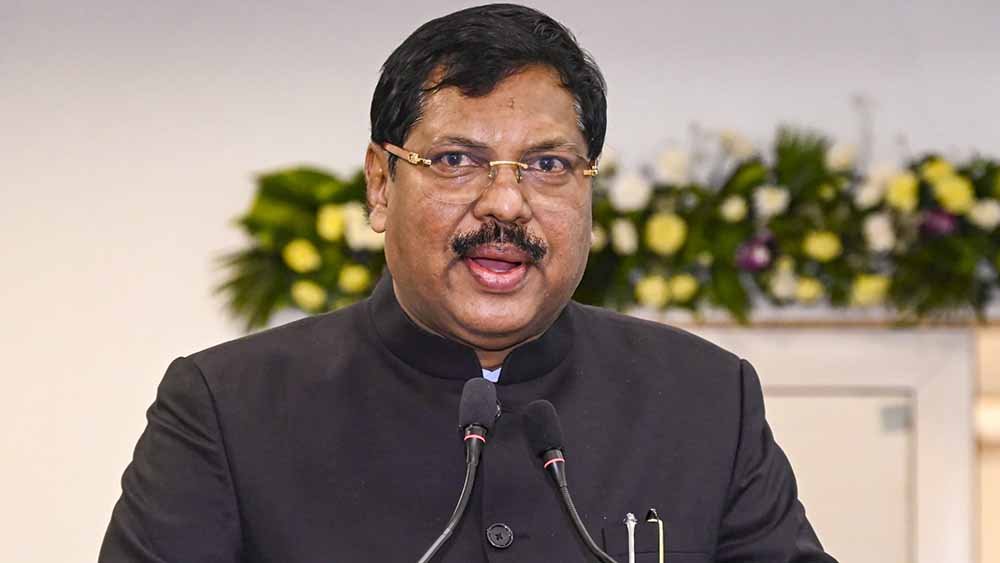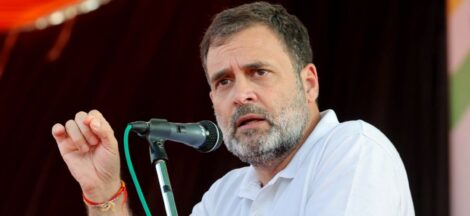Chief Justice B. R. Gavai promised swift action to strengthen transparency in the collegium system of judicial appointments, stating merit will remain sacrosanct and representation across society assured. Addressing the Bombay Bar Association at the Bombay High Court on Friday, he signalled continuity from his predecessor, Sanjiv Khanna, in promoting openness in selections.
Gavai, the 52nd Chief Justice of India, who assumed office on 14 May 2025, outlined measures aimed at reactivating assurance in the judiciary, amid concerns of opacity and delays in elevating judges. During the Bharat Bar Association event, he stressed that those recommended by the collegium “will be followed up,” reflecting a commitment to procedural rigour.
He highlighted a proactive strategy for resolving judicial vacancies, particularly at the Bombay High Court, recognised as the country’s busiest. With the sanctioned strength at 94 judges and the current bench at 65, Gavai assured that appointments, like those of Justices Gautam Ankad and Mahendra Nerlikar, were part of a concentrated push to bridge gaps and alleviate case accumulation.
According to India Today, two judicial appointments were finalised under his oversight, raising the bench number to 65. Gavai noted that the collegium had recently reviewed 54 candidates and forwarded recommendations for 36 positions.
Beyond bolstering numbers, Gavai placed equal emphasis on inclusivity. “We will have representatives from all sections of society,” he pledged, adding, “Merit will never be compromised.” This echoed remarks by Supreme Court Justice Dipankar Datta in Nagpur about perceived intrusions into collegium functions—a point Gavai explicitly rebutted.
Gavai recounted his own elevation narrative: nominated to the Supreme Court in 2019, he said, at least one collegium member voiced concerns about his selection, citing potential tensions among Mumbai’s senior lawyers. The Bombay Bar Association intervened on his behalf, persuading the opposing member that the fears were unwarranted. “I will always be indebted to the Bombay Bar Association,” he said, crediting the body for playing a pivotal role in both his Supreme Court and Chief Justice elevations.
In reinforcing his approach to leadership, Gavai dismissed notions of a centralised court personality. He urged recognition of the court as a collective body, asserting twice that the Chief Justice is merely “first among equals.” He also eschewed public diplomacy. From the moment he assumed office, Gavai avoided media interviews and refrained from charting a public roadmap, maintaining that his six‑month tenure would be judged by results rather than rhetoric.
A significant thrust of his assurances dealt with backlog relief. Gavai acknowledged the systemic burden of case accumulation and underscored the role of full judicial benches in case resolution. Despite criticism that legal backlogs remain immense, he contended that filling vacancies would contribute substantially to freeing the system. This sentiment was echoed by Chief Justice of the Bombay High Court Alok Aradhe, who welcomed the expedited appointments as “pleasantly surprising” and attributable to Gavai’s determined follow‑up.
A poignant moment in Gavai’s address dubbed him a jurist of humility. Raised in Amravati, Maharashtra, he rose through the legal ranks and was earlier honoured by the Bombay Bar Association at the event. He drew a parallel between his upbringing and career ascent and outcomes from transparent, merit-based advancement—a model he hopes to institutionalise nationwide.
Justice Datta, present at the event, also praised Gavai’s conduct. Speaking of his own experience, Datta credited Gavai for permitting his transfer to Bombay during the pandemic—overturning a decision by then‑Chief Justice Sharad Bobde—underlining Gavai’s grounding in fairness and collegial sensitivity.
Gavai’s systemic reform vision includes follow‑ups on each recommended name, ensuring neither delay nor oversight in verification by the executive. His transparency mandate marks an escalation from measures initiated by Khanna’s tenure and addresses longstanding opacity around judiciary staffing.
He declined to predict the exact pace or extent of reforms, citing prudence. “Rather than giving lots of promises in the beginning and disappointing at the time one leaves office,” he said, he would be guided by outcomes.
During the event the BBA launched its new mobile application and shared emerging AI‑use guidelines for legal practitioners—a nod to evolving legal-tech integration. Gavai praised the initiative, describing it as “innovative and timely”, expressing hope it would enhance accessibility and efficiency across legal practice.
Gavai’s address comes during a sensitive juncture for India’s judiciary. Backlogs across lower and high courts loom large, and trust in appointment mechanisms continues to draw scrutiny. His emphasis on meritorious, inclusive appointments and follow‑up mechanisms aim to fortify public confidence in judicial fairness.




 Congress Women Scheme Triggers Outcry Over Gandhi Images
Congress Women Scheme Triggers Outcry Over Gandhi Images 